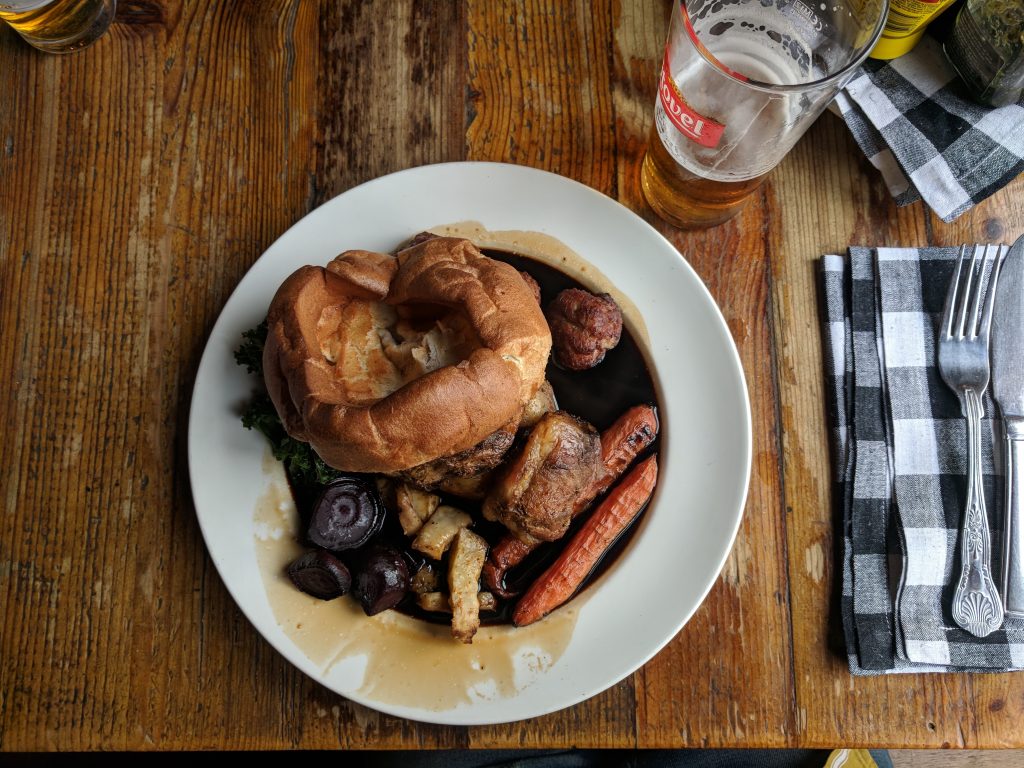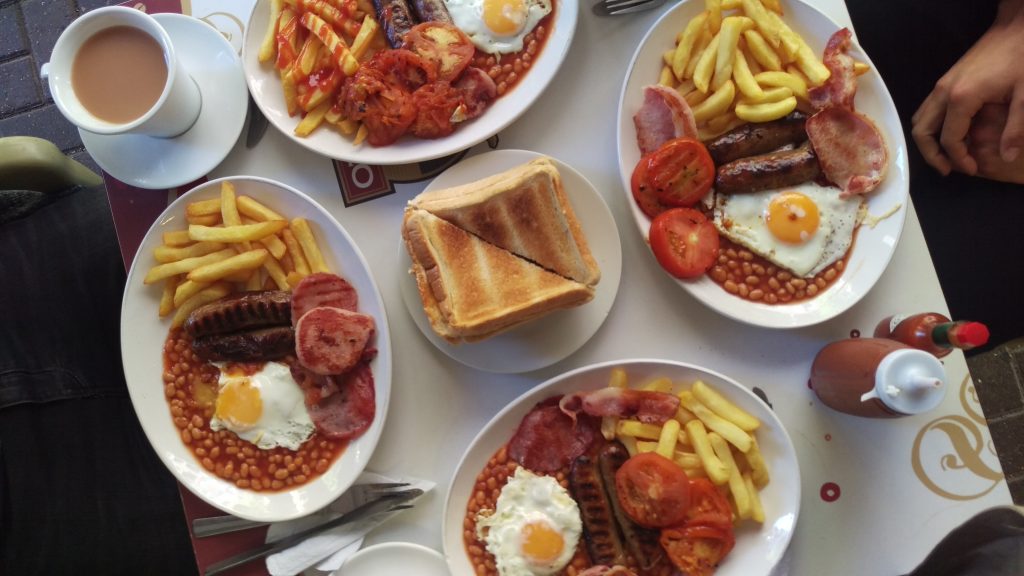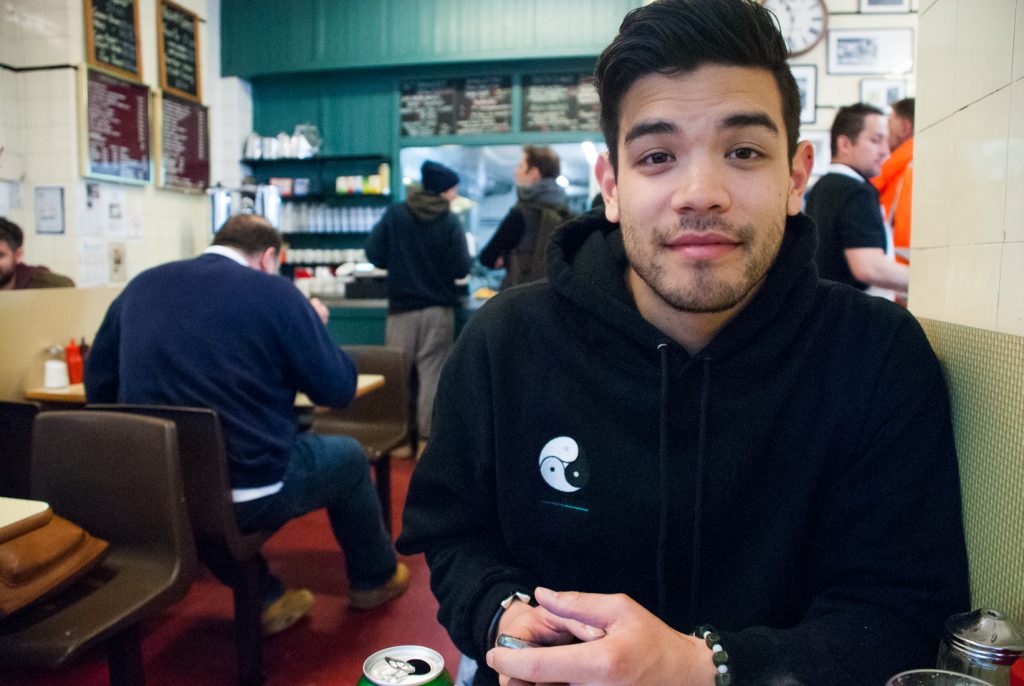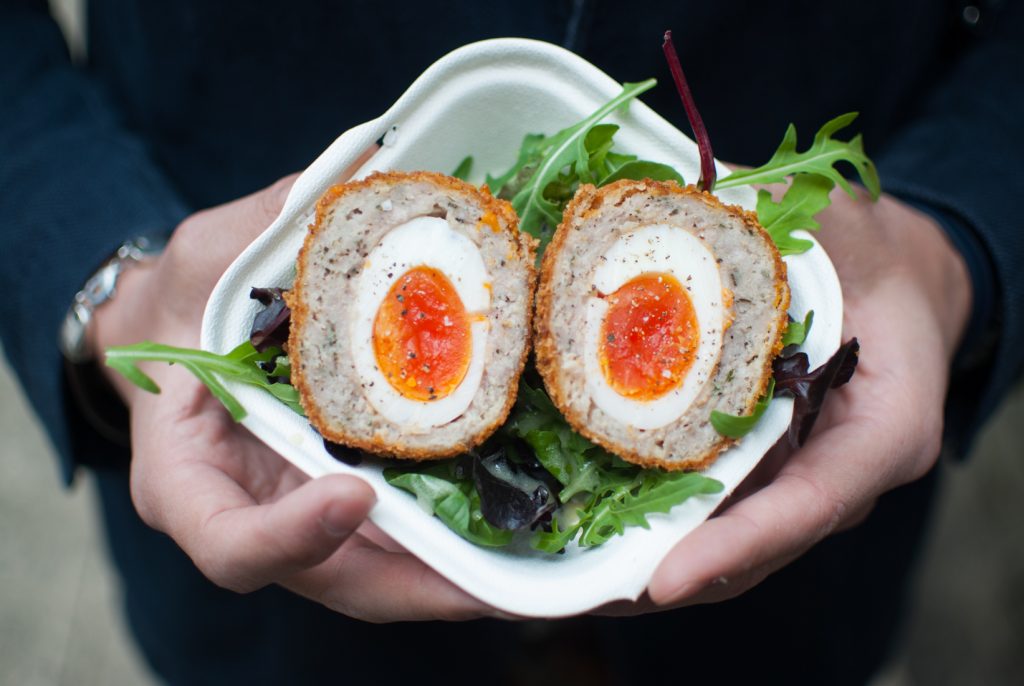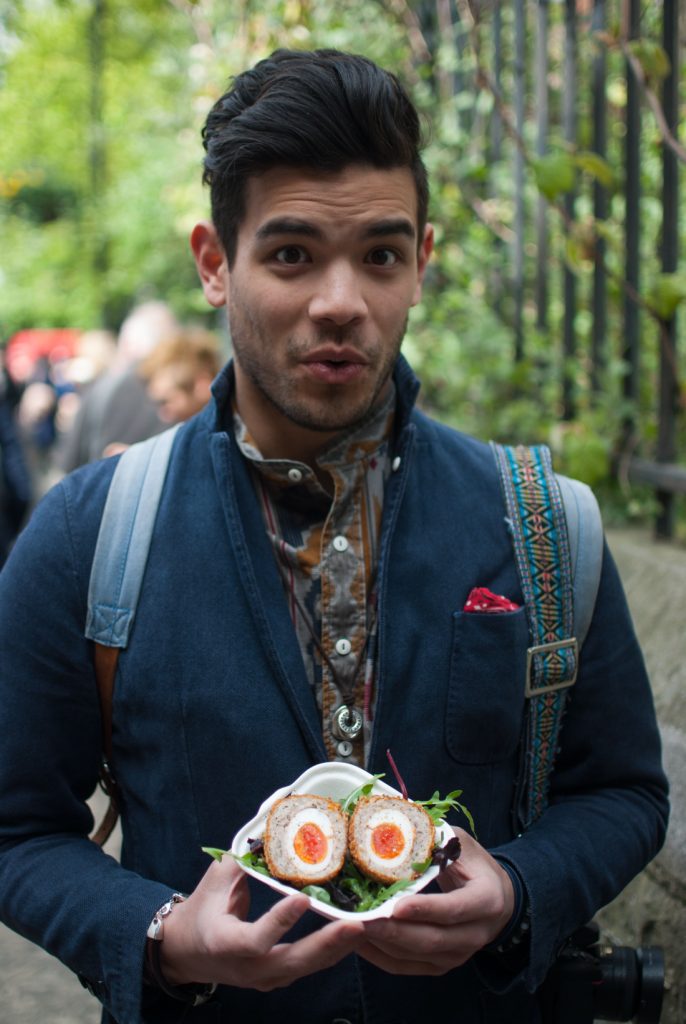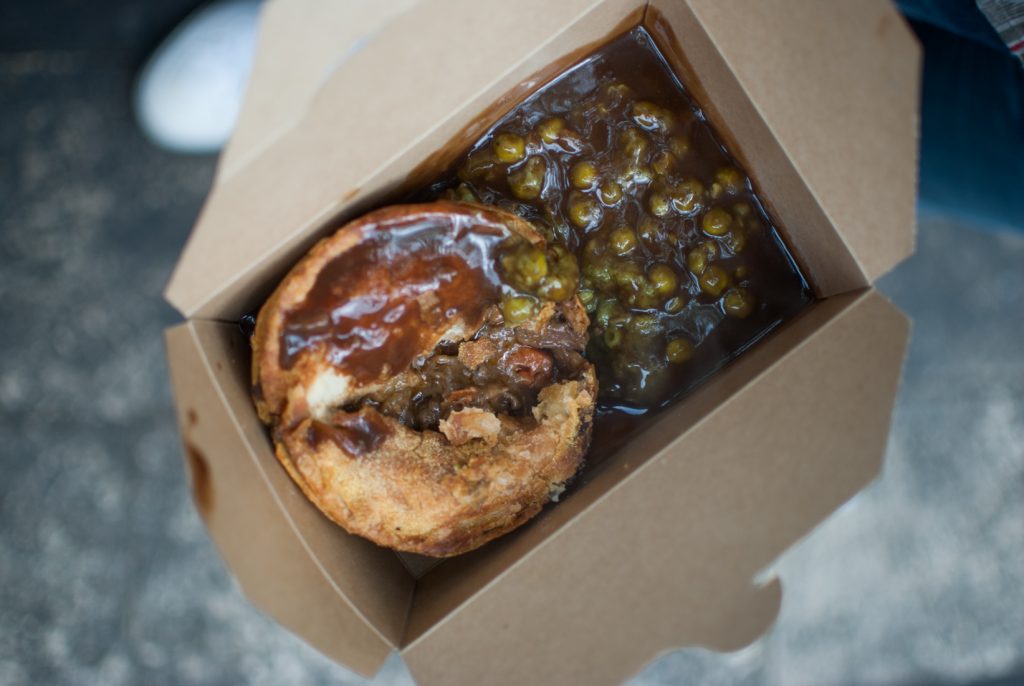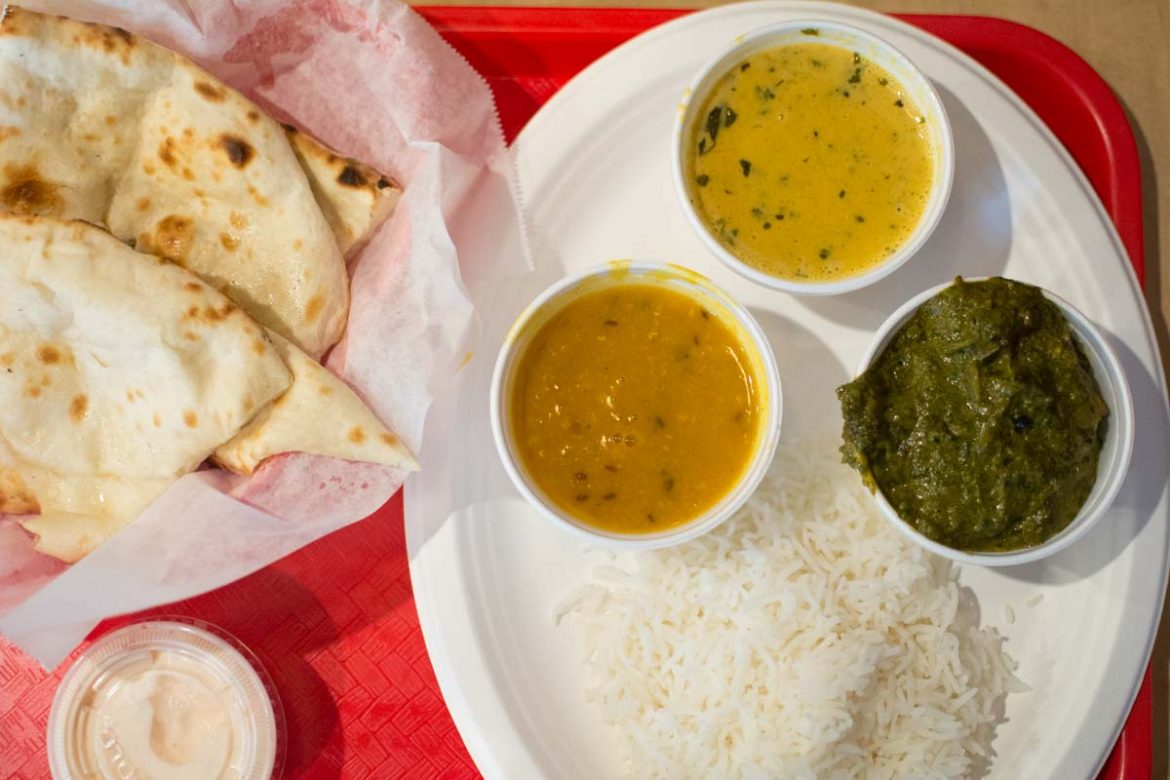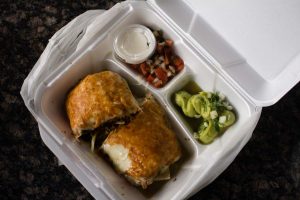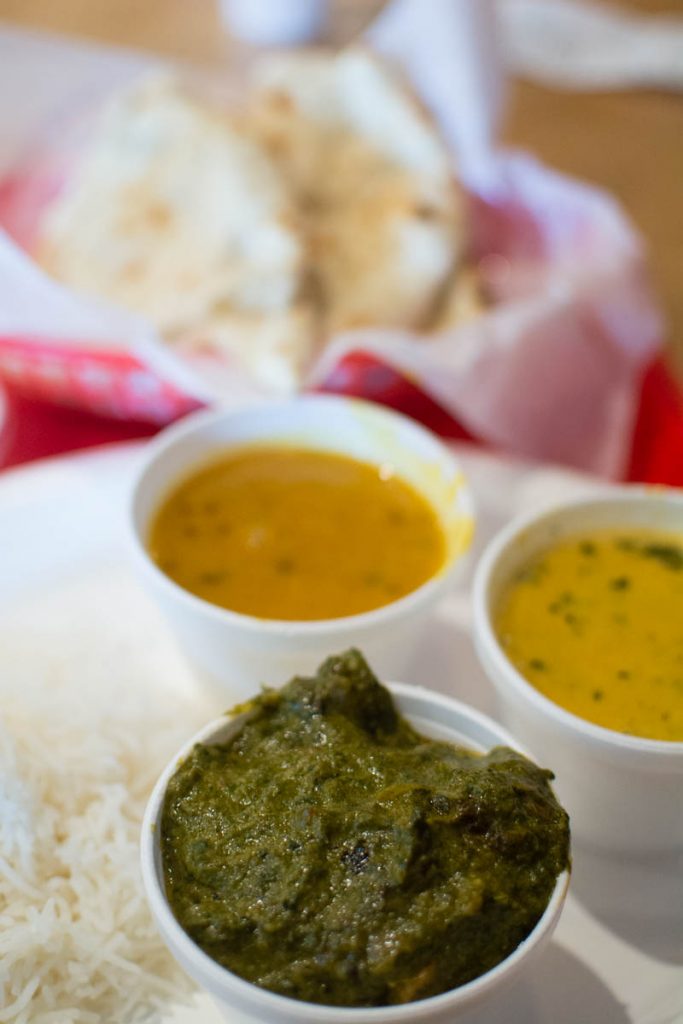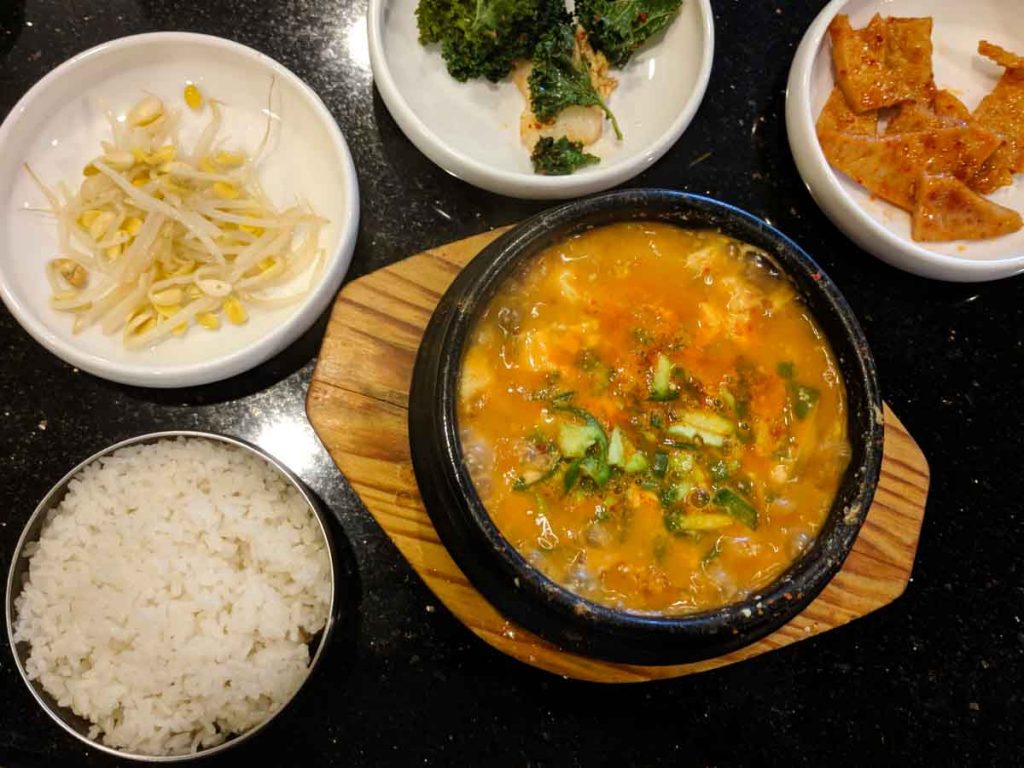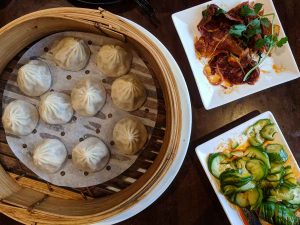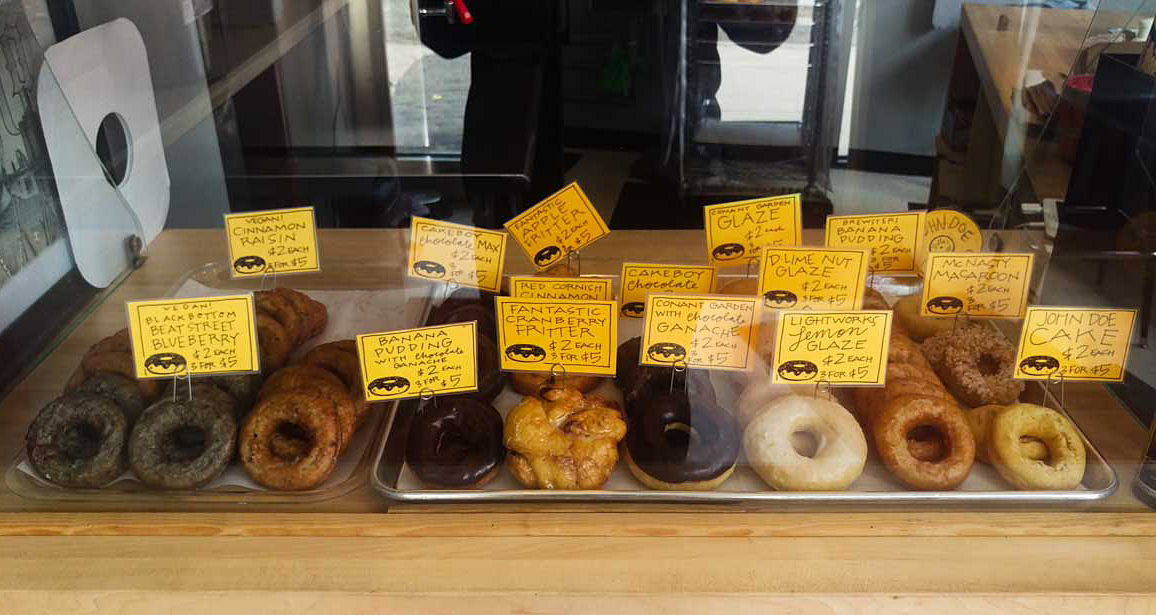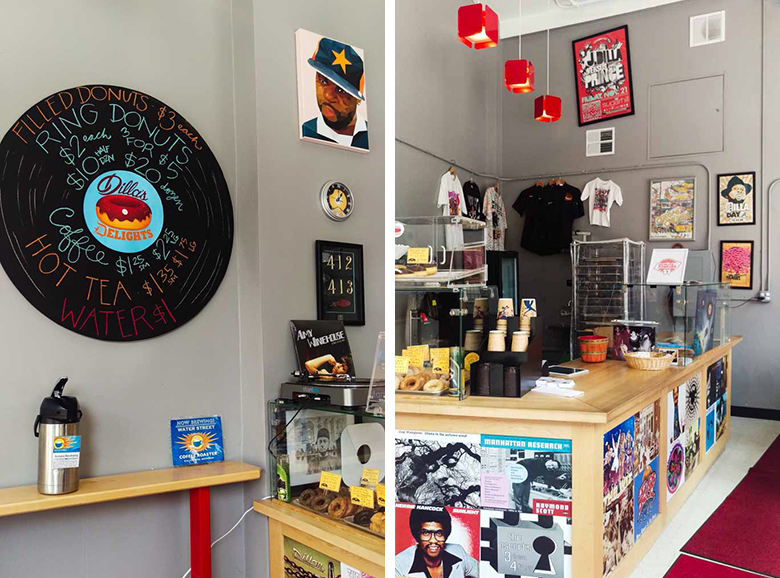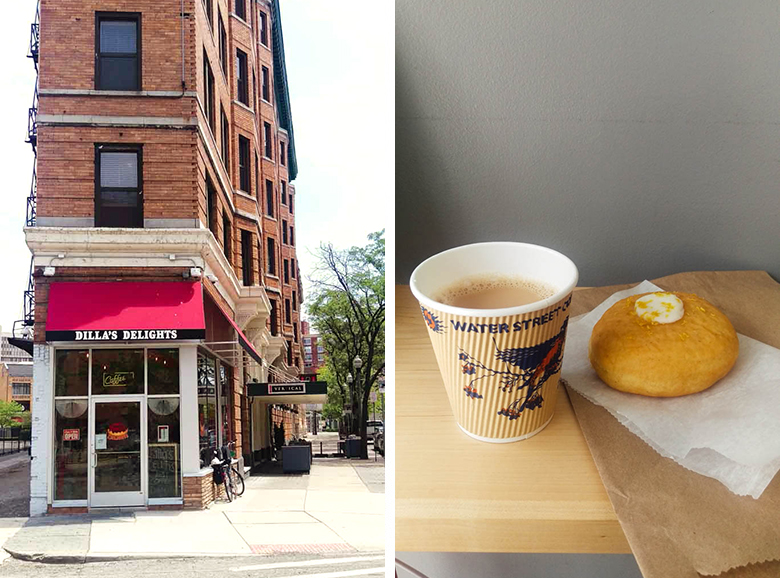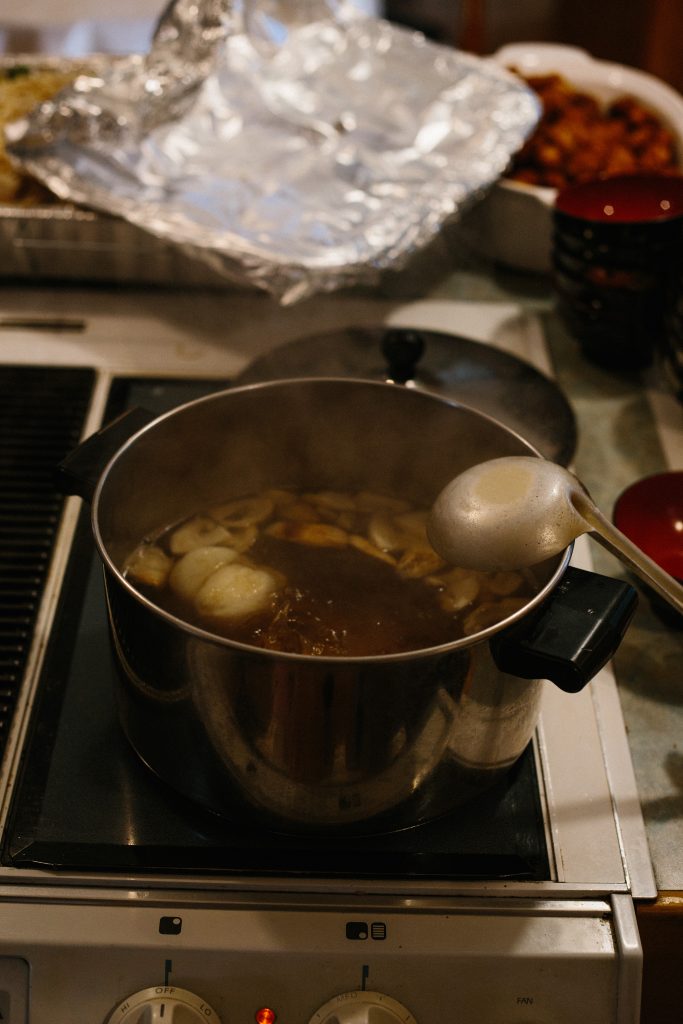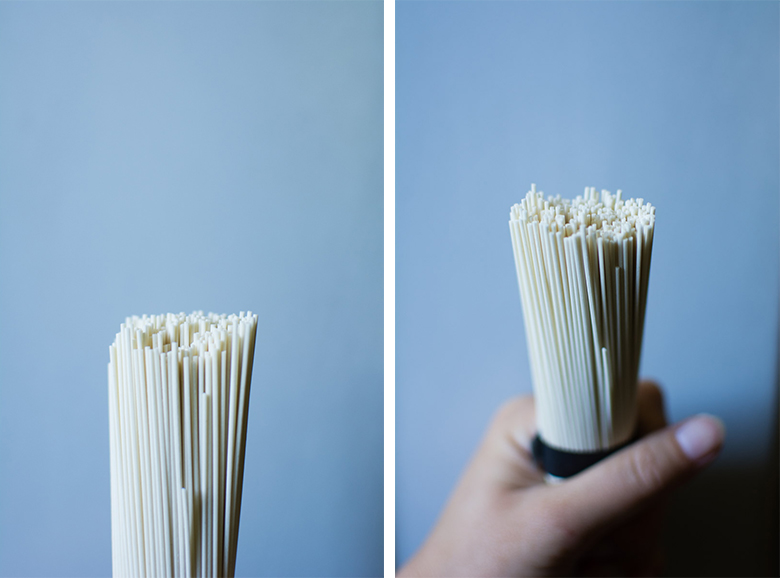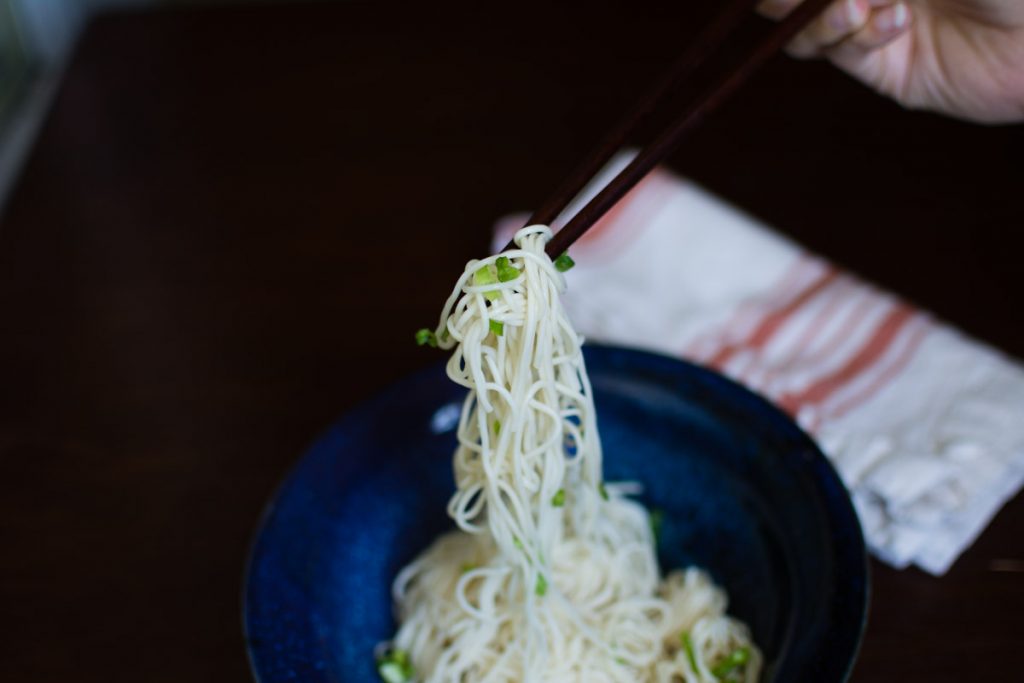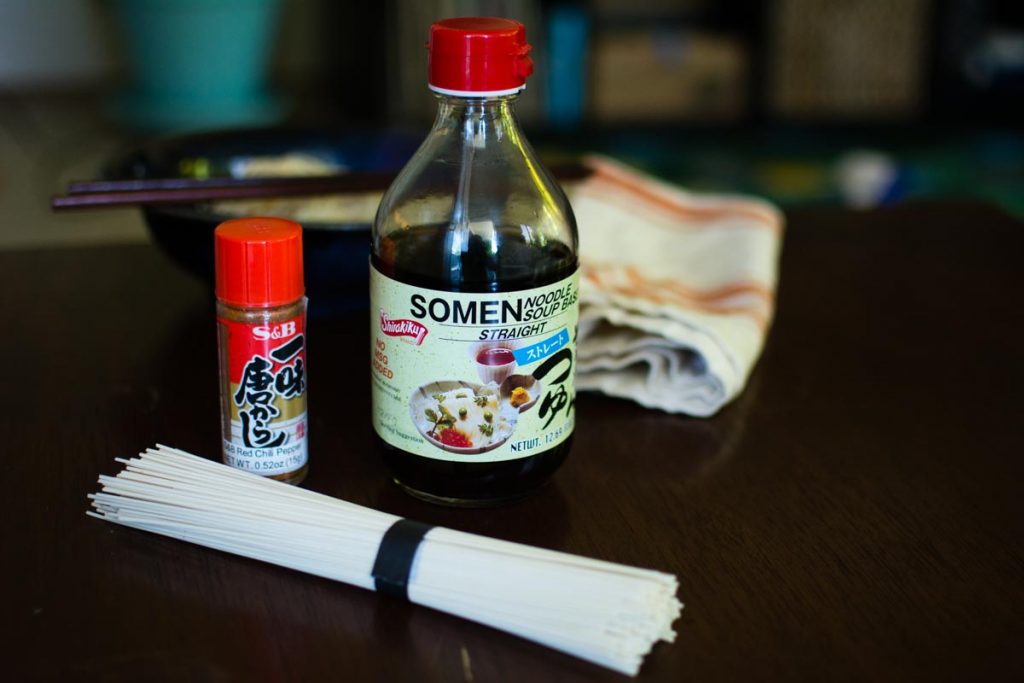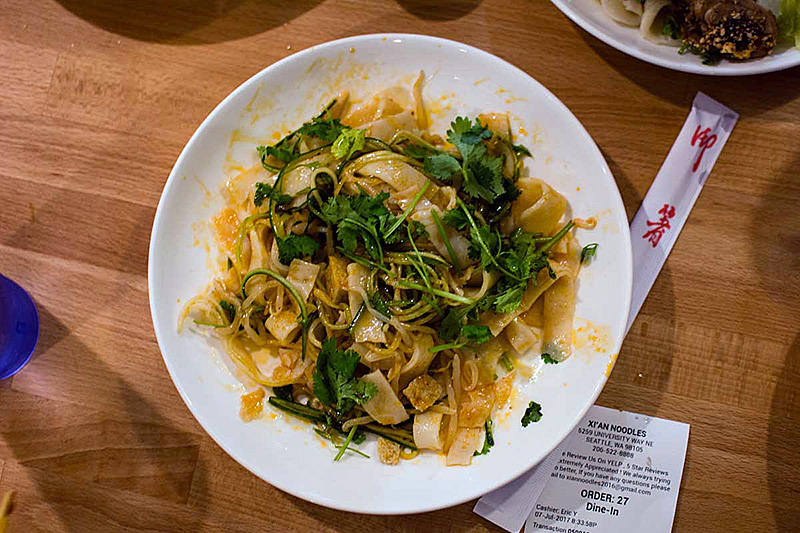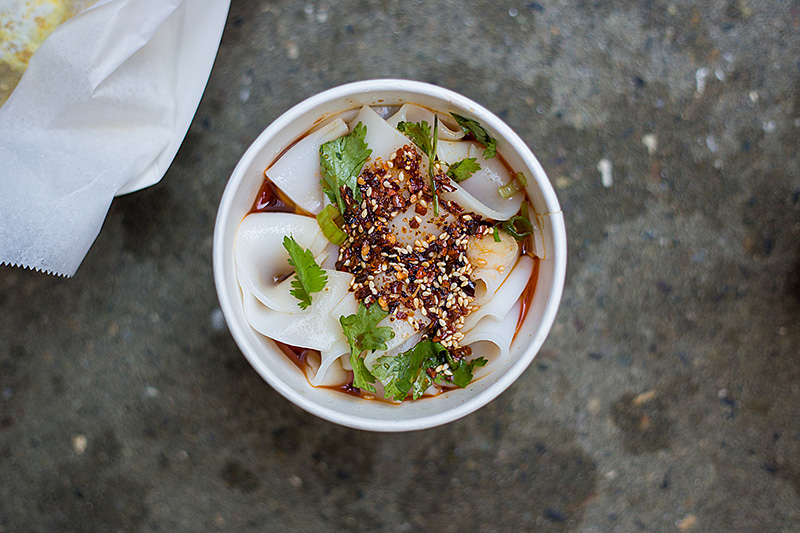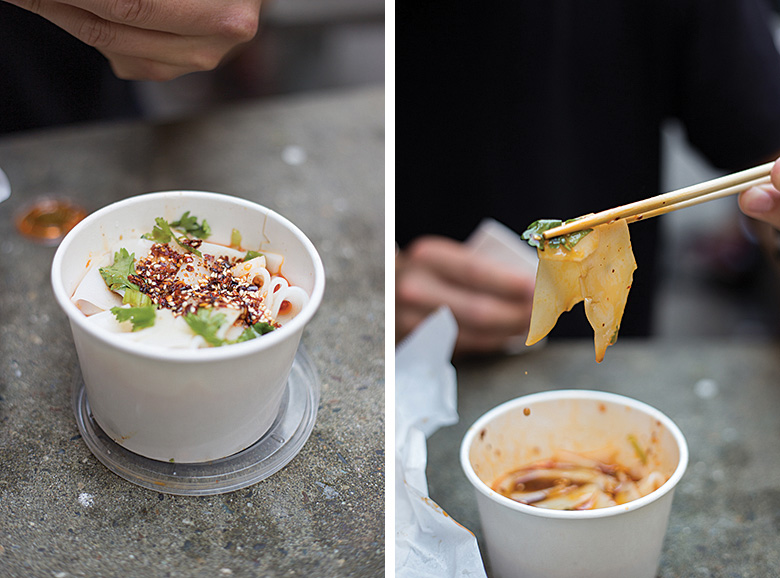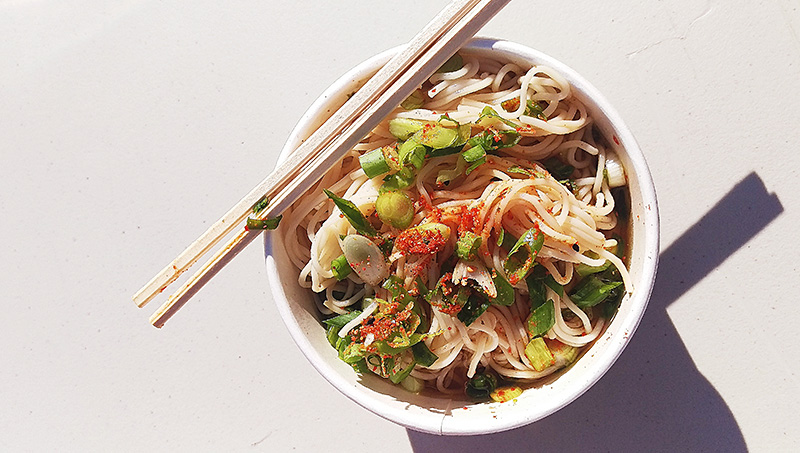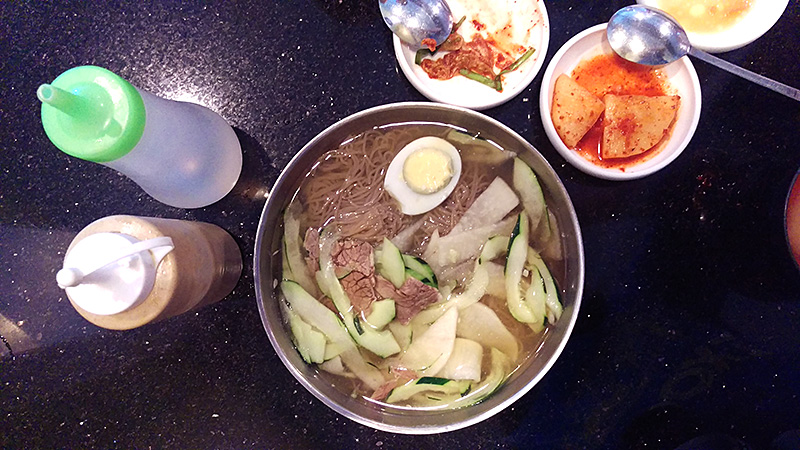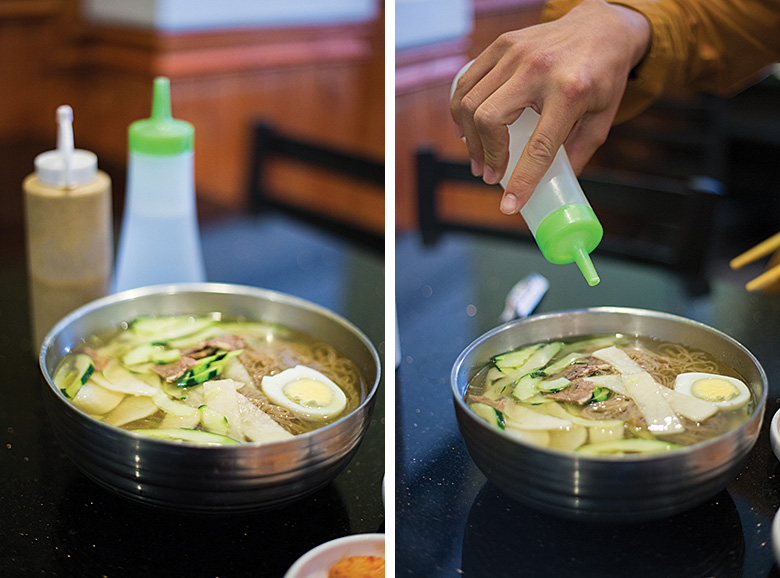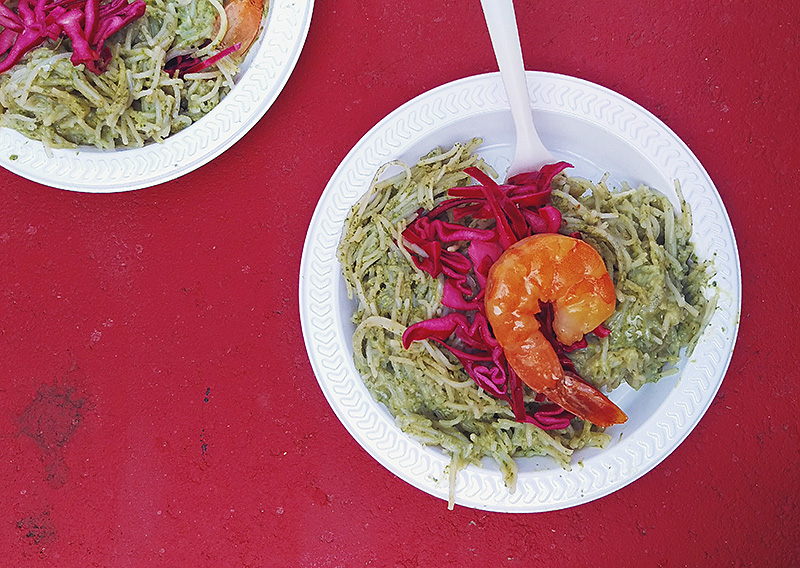
Thien Hong’s Salt & Pepper Squid
This is the best dish in Portland.
Thien Hong’s Salt and Pepper Squid is an amazing dish that has been a family tradition for a very long time. Whether it was introducing Miko to 12 of my family members for the first time (sorry Miko 😅), celebrating someone in town for a visit, or just spending some time with the family, we gathered around the lazy Susan and order noodles, green beans in black bean sauce, wonton soup, and always a double order of the Salt and Pepper Squid.

On Sandy Blvd

Seafood Chow Mein, Salt & Pepper Squid, Green Beans in Black Bean Sauce
The dish consists of perfectly fried pieces of squid, that are crunchy and dry and served with thin slices of onion. It’s simplicity of the dish that makes it legendary.
This last visit was very emotional for me — my grandfather, who loved Thien Hong, passed away this month. For him eating here was a chance to bring his family together and share food with those he loved. When the smell of the squid caught my nose, I teared up. I thought about the fact we had eaten here after my uncle’s passing and how much the act of sharing a meal together helped to heal, if only for a bit.
While it’s not a beautiful or fine dining experience I do feel that it captures what I love most about food — it’s about giving love through labor. All the work that it took to get this squid to my table, fully prepared, takes time, money, sweat, and work. The Salt + Pepper Squid will always hold a special place in my heart, and I will always think of my family when I order too much food here.
Thien Hong Restaurant
6749 NE Sandy Blvd, Portland, OR 97213
